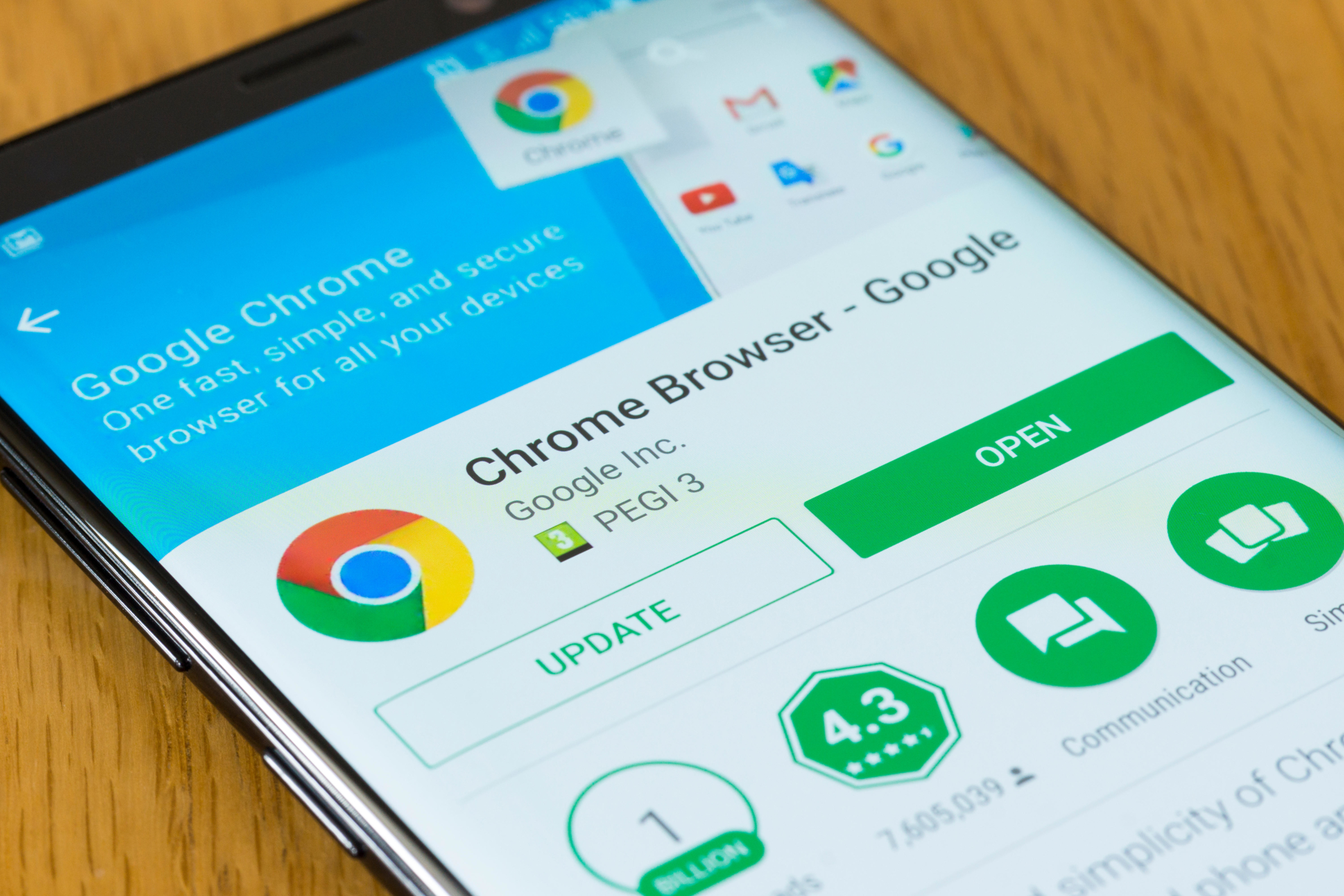Mass Exploitation of Zero-Day Bug in MOVEit File Transfer Underway
A threat group with likely links to the financially motivated group known as FIN11 and other known adversaries is actively exploiting a critical zero-day vulnerability in Progress Software’s MOVEit Transfer app to steal data from organizations using the managed file transfer technology.
MOVEit Transfer is a managed file transfer app that organizations use to exchange sensitive data and large files both internally and externally. Organizations can deploy the software on-premises, or as infrastructure-as-a-service or as software-as-a-service in the cloud. Progress claims thousands of customers for MOVEit including major names such as Disney, Chase, BlueCross BlueShield, Geico, and Major League Baseball.
Researchers from Google’s Mandiant security group who are tracking the threat believe the exploit activity may well be a precursor to follow-on ransomware attacks on organizations that have fallen victim so far. A similar pattern played out earlier this year after an attacker exploited a zero-day flaw in Forta’s GoAnywhere file transfer software to access customer systems and steal data from them.
The Microsoft Threat Intelligence team meanwhile said via Twitter today that it has attributed the attack to a baddie it calls “Lace Tempest,” which is a financially motivated threat and ransomware affiliate that has ties to not only FIN11, but also TA505, Evil Corp, and the Cl0p gang.
Data Theft Happening in Minutes
An initial investigation into the MOVit Transfer attacks by Mandiant showed that the exploit activity began on May 27, or roughly four days before Progress disclosed the vulnerability and issued patches for all affected versions of the software. Mandiant has so far identified victims across multiple industry sectors located in Canada, India, and the US but believes the impact could be much broader.
“Following exploitation of the vulnerability, the threat actors are deploying a newly discovered LEMURLOOT Web shell with filenames that masquerade as human.aspx, which is a legitimate component of the MOVEit Transfer software,” Mandiant said in a blog post June 2.
The Web shell allows the attackers to issue commands for enumerating files and folders on a system running MOVEit…



